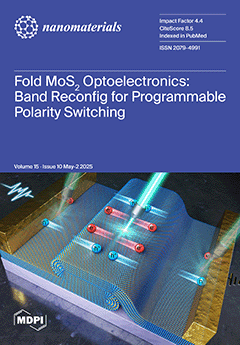Multi-principal element alloys (MPEAs) exhibit distinct characteristics compared to conventional single-principal element-based metallic materials, primarily due to their unique design, resulting in intricate microstructural features. Currently, a comprehensive understanding of the fabrication processes, compositional design, and microstructural influence on the tribological and corrosion
[...] Read more.
Multi-principal element alloys (MPEAs) exhibit distinct characteristics compared to conventional single-principal element-based metallic materials, primarily due to their unique design, resulting in intricate microstructural features. Currently, a comprehensive understanding of the fabrication processes, compositional design, and microstructural influence on the tribological and corrosion behavior of multi-component alloys remains limited. While the hardness of MPEAs generally correlates positively with wear resistance, with higher hardness typically associated with improved wear resistance and reduced wear rates, quantitative relationships between these properties are not well established. In this study, the Al
10Cr
17Fe
20NiV
4 alloy was selected as a model system. A homogeneous Al
10Cr
17Fe
20NiV
4 alloy was successfully synthesized via mechanical alloying followed by spark plasma sintering (SPS). To further investigate the correlation between hardness and wear rate, varying concentrations of alumina nanoparticles were incorporated into the alloy matrix as a reinforcing phase. The results revealed that the Al
10Cr
17Fe
20NiV
4 alloy exhibited a single-phase face-centered cubic (FCC) structure, which was maintained with the addition of alumina nanoparticles. The hardness of the Al
10Cr
17Fe
20NiV
4 alloy without nano-alumina was 727 HV, with a corresponding wear rate of 2.9 × 10
−4 mm
3·N
−1·m
−1. The incorporation of nano-alumina increased the hardness to 823 HV, and significantly reduced the wear rate to 1.6 × 10
−4 mm
3·N
−1·m
−1, representing a 45% reduction. The Al
2O
3 nanoparticles effectively mitigated alloy wear through crack passivation and matrix strengthening; however, excessive addition reversed this effect due to the agglomeration-induced brittleness and thermal mismatch. The quantitative relationship between hardness (HV) and wear rate (W) was determined as W = 2348 e
(−0.006HV). Such carefully bounded empirical relationships, as demonstrated in studies of cold-formed materials and dental enamel, remain valuable tools in applied research when accompanied by explicit scope limitations.
Full article






